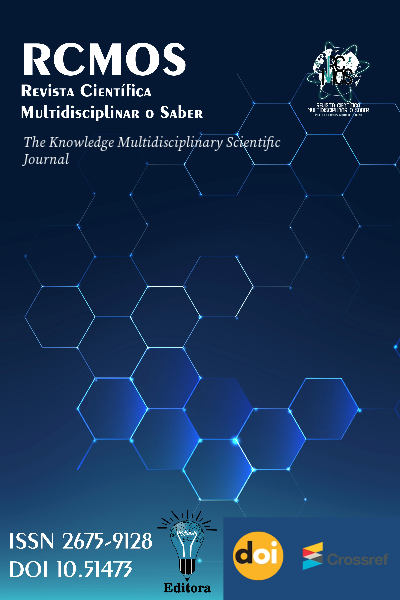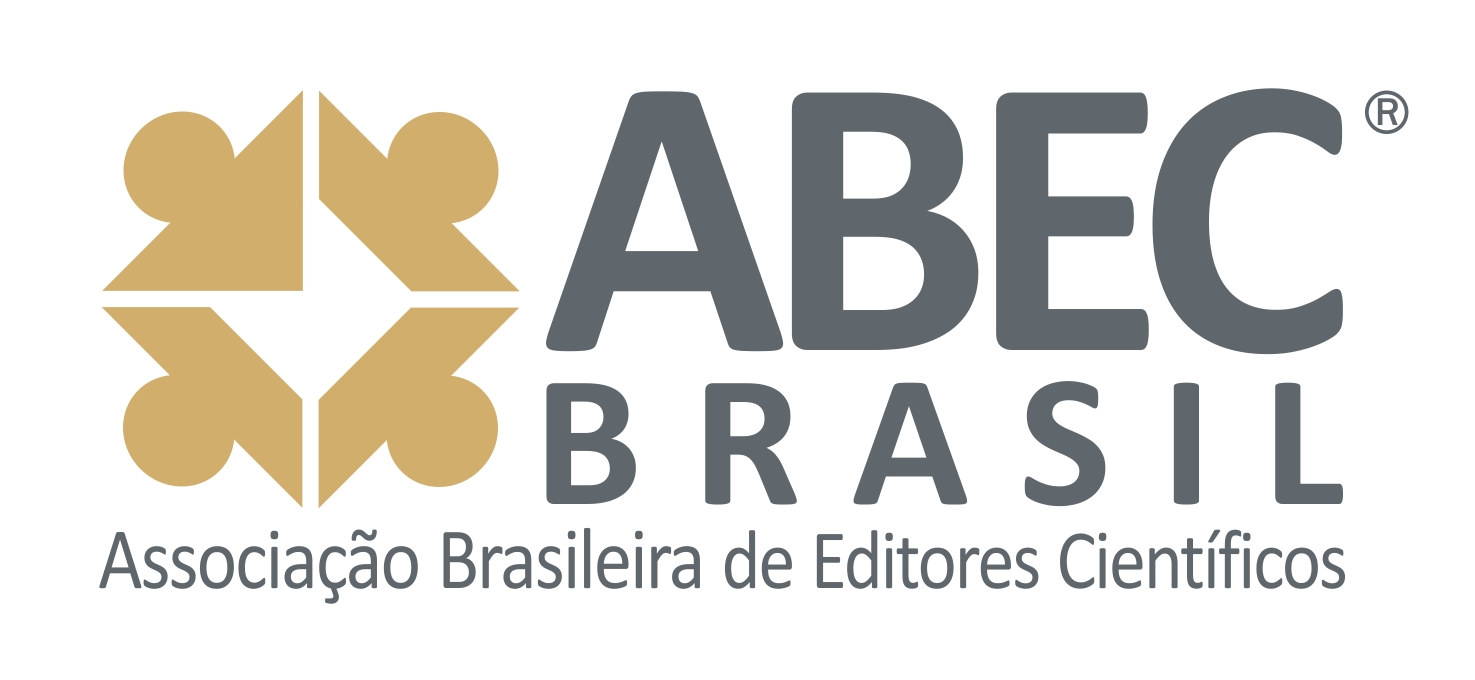The valorization of agro-industrial waste as mineral admixtures in cementitious matrices: a technical and environmental analysis
The valorization of agro-industrial waste as mineral admixtures in cementitious matrices: a technical and environmental analysis
DOI:
https://doi.org/10.51473/rcmos.v1i2.2021.1709Keywords:
Sustainable Concrete. Agro-industrial Waste. Pozzolanicity. Rice Husk Ash. Interdisciplinary Engineering.Abstract
The civil construction industry is one of the largest consumers of natural resources and energy, accounting for a significant portion of global carbon dioxide (CO2) emissions, primarily due to Portland cement production. Concurrently, the Brazilian agro-industrial sector generates tons of biomass waste annually, such as rice husk and sugarcane bagasse, the final disposal of which often represents an environmental liability. This article aims to analyze the technical and environmental feasibility of incorporating agro-industrial ashes as mineral admixtures (pozzolans) in concrete and mortar. Through a systematic literature review, the physicochemical properties of the ashes, pozzolanic reaction mechanisms, and impacts on the mechanical properties and durability of cementitious composites are examined. The results indicate that, under controlled burning and grinding conditions, wastes such as Rice Husk Ash (RHA) and Sugarcane Bagasse Ash (SCBA) promote pore structure refinement and increased compressive strength, in addition to mitigating pathologies caused by chemical attacks. It is concluded that the intersection between Civil Engineering and Agricultural Engineering, through the utilization of these by-products, fosters the circular economy and contributes to the development of more sustainable construction materials.
Downloads
References
ASSOCIAÇÃO BRASILEIRA DE NORMAS TÉCNICAS. NBR 12653: Materiais pozolânicos – Requisitos. Rio de Janeiro: ABNT, 2014.
ASSOCIAÇÃO BRASILEIRA DE NORMAS TÉCNICAS. NBR 5752: Materiais pozolânicos – Determinação do índice de desempenho com cimento Portland aos 28 dias. Rio de Janeiro: ABNT, 2014.
BATTAGIN, A. F. O cimento Portland. In: ISAIA, G. C. (Ed.). Concreto: ciência e tecnologia. São Paulo: IBRACON, 2011. v. 1.
CORDEIRO, G. C.; TOLEDO FILHO, R. D.; FAIRBAIRN, E. M. R. Caracterização de cinzas do bagaço da cana-de-açúcar para uso como pozolana em materiais cimentícios. Química Nova, São Paulo, v. 32, n. 1, p. 82–86, 2009.
JOHN, V. M.; CINCOTTO, M. A. Alternativas para a redução do impacto ambiental do cimento. In: SEMINÁRIO DESENVOLVIMENTO SUSTENTÁVEL E A RECICLAGEM NA CONSTRUÇÃO CIVIL. São Paulo: IBRACON, 2017.
MEHTA, P. K.; MONTEIRO, P. J. M. Concreto: microestrutura, propriedades e materiais. 4. ed. São Paulo: IBRACON, 2014.
NEVILLE, A. M. Propriedades do concreto. 5. ed. Porto Alegre: Bookman, 2016.
POUEY, M. T. Beneficiamento da cinza de casca de arroz residual para a obtenção de adições minerais ativas. 2006. Tese (Doutorado em Engenharia) – Universidade Federal do Rio Grande do Sul, Porto Alegre, 2006.
SILVA, R. B. Durabilidade de concretos com incorporação de cinza de casca de arroz. 2019. Dissertação (Mestrado em Engenharia Civil) – Universidade Federal de Santa Maria, Santa Maria, 2019.
TASHIMA, M. M. et al. A viabilidade do uso da cinza de casca de arroz como material cimentício suplementar. Revista Engenharia Civil, Braga, n. 45, p. 22–34, 2012.
UNEP. Eco-efficient cements: potential economically viable solutions for a low-CO₂ cement-based materials industry. Paris: United Nations Environment Programme, 2016.
Downloads
Published
Issue
Section
Categories
License
Copyright (c) 2021 Ronnie Fabio Delmiro de Negreiros (Autor)

This work is licensed under a Creative Commons Attribution 4.0 International License.












